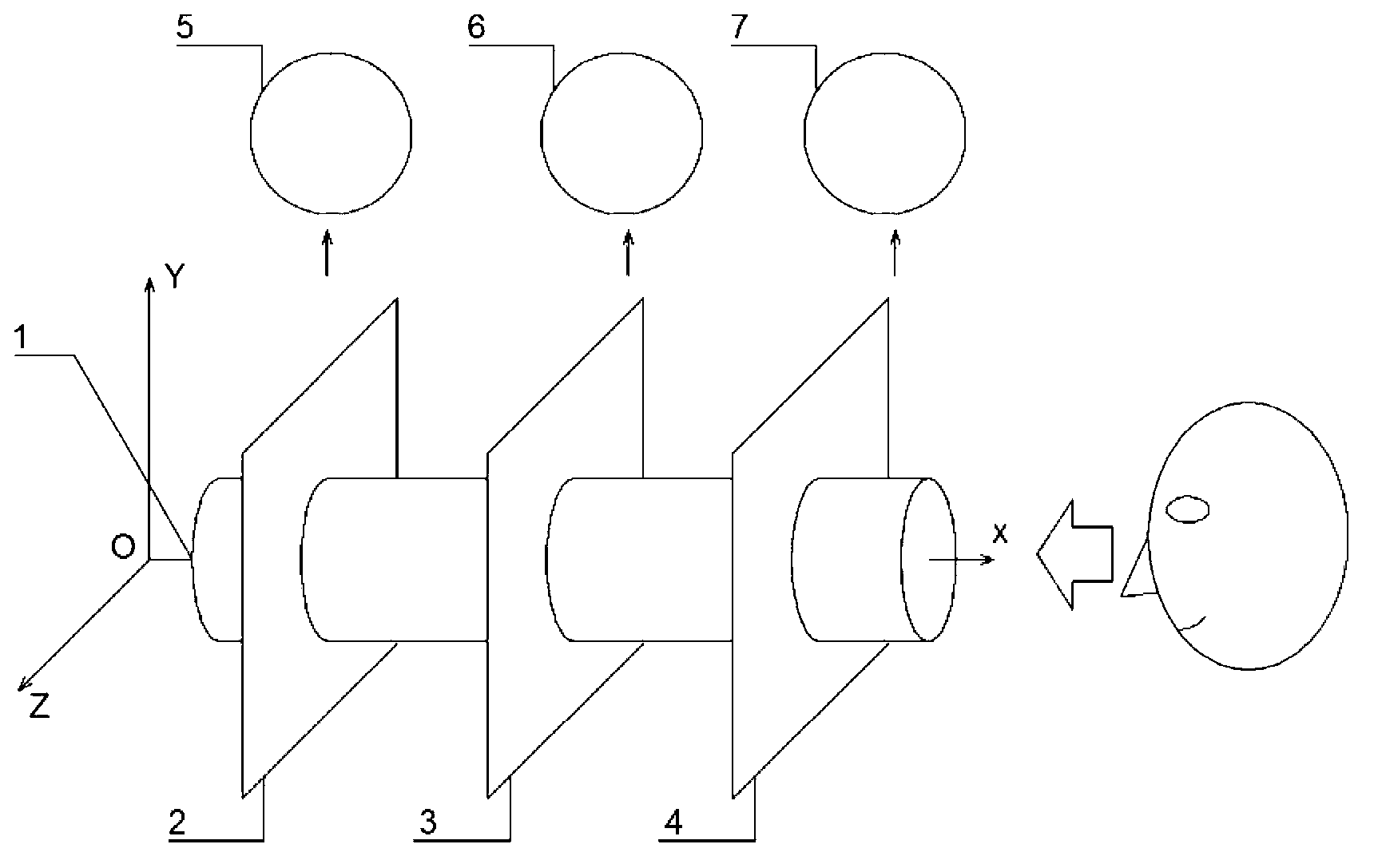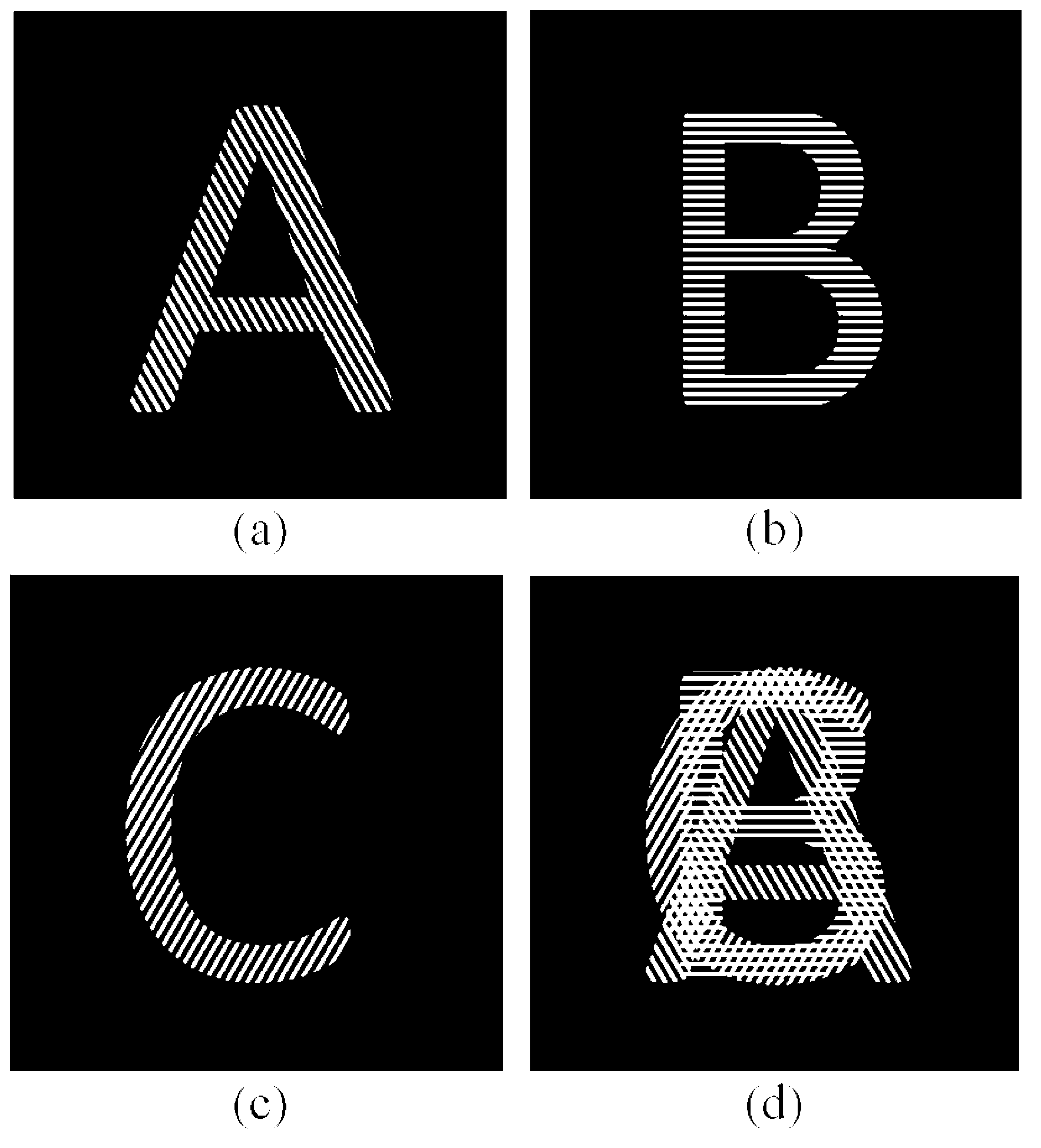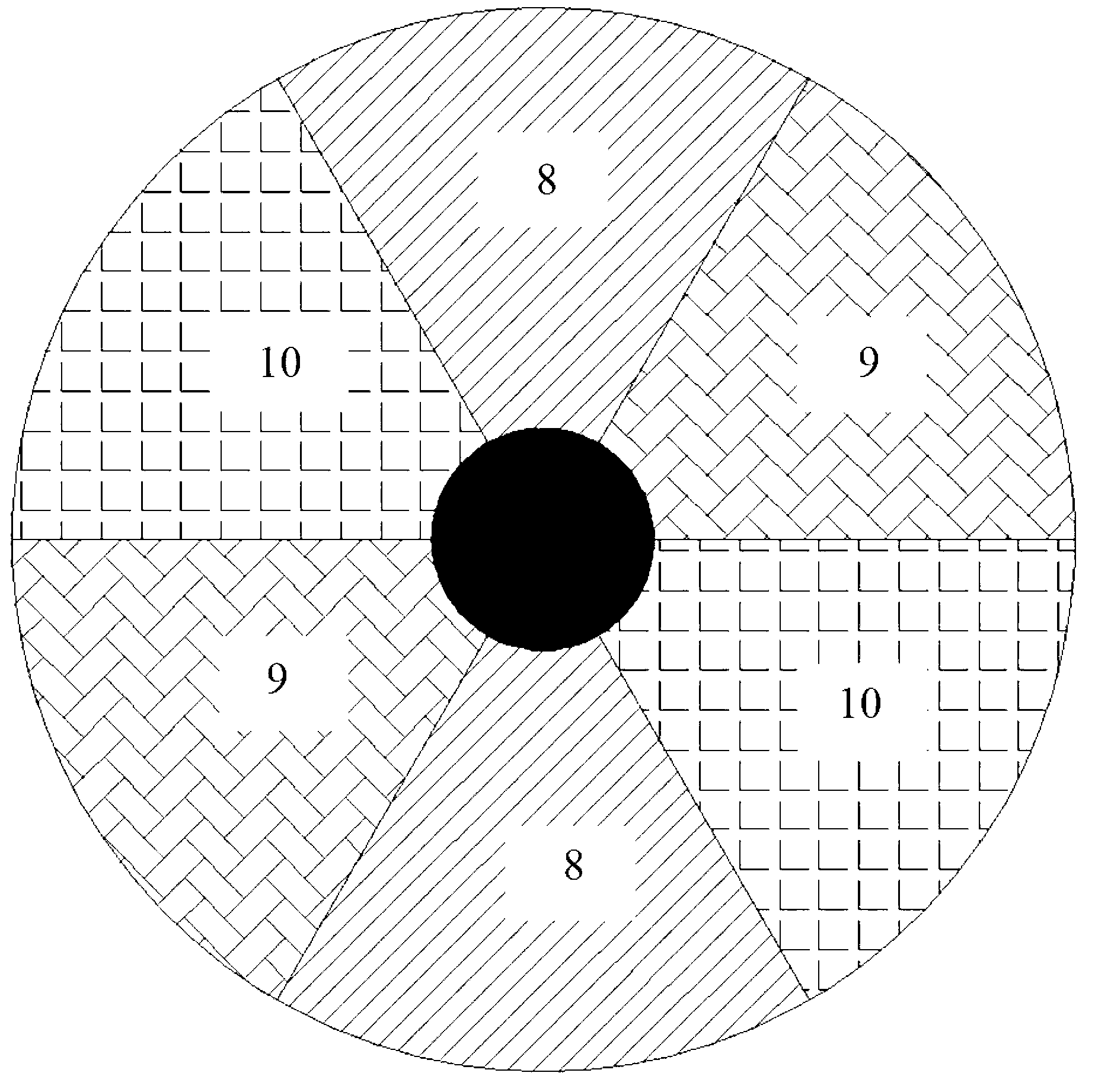Extra-large imaging depth three-dimensional display method based on optical 4f system
A three-dimensional display and optical technology, applied in optics, optical components, instruments, etc., can solve the problems of small depth of three-dimensional image imaging, easy fatigue and fatigue after long-term viewing, and achieve easy implementation and overcome the inability to apply monocular helmet display. , The effect of the system is simple
- Summary
- Abstract
- Description
- Claims
- Application Information
AI Technical Summary
Problems solved by technology
Method used
Image
Examples
Embodiment
[0033] 1. Divide the 3D image to be displayed into a series of 2D images
[0034] Input the three-dimensional image to be displayed into the computer to form a numerical three-dimensional model through computer modeling method, according to the number of display layers m of the display system (m=3 in this embodiment) and the display depth position s i (i=1,...m), (in this embodiment, the display depth from the reference plane is s 1 =0.1m, s 2 =0.5m and s 3 =1m), slice the 3D model to obtain m slices with depths of s i 2D image of (i=1,...m);
[0035] 2. Generate coded images
[0036] According to the number of display layers and the distance between the designed first-level spectrum and the center of the spectrum is d (d=5mm in this embodiment), a corresponding number of fringe images at different angles are designed, and the interval a of the fringes can be expressed as: (a=52 microns in this embodiment), where λ is the wavelength of the incident light (the wavelength ...
PUM
 Login to View More
Login to View More Abstract
Description
Claims
Application Information
 Login to View More
Login to View More - R&D
- Intellectual Property
- Life Sciences
- Materials
- Tech Scout
- Unparalleled Data Quality
- Higher Quality Content
- 60% Fewer Hallucinations
Browse by: Latest US Patents, China's latest patents, Technical Efficacy Thesaurus, Application Domain, Technology Topic, Popular Technical Reports.
© 2025 PatSnap. All rights reserved.Legal|Privacy policy|Modern Slavery Act Transparency Statement|Sitemap|About US| Contact US: help@patsnap.com



